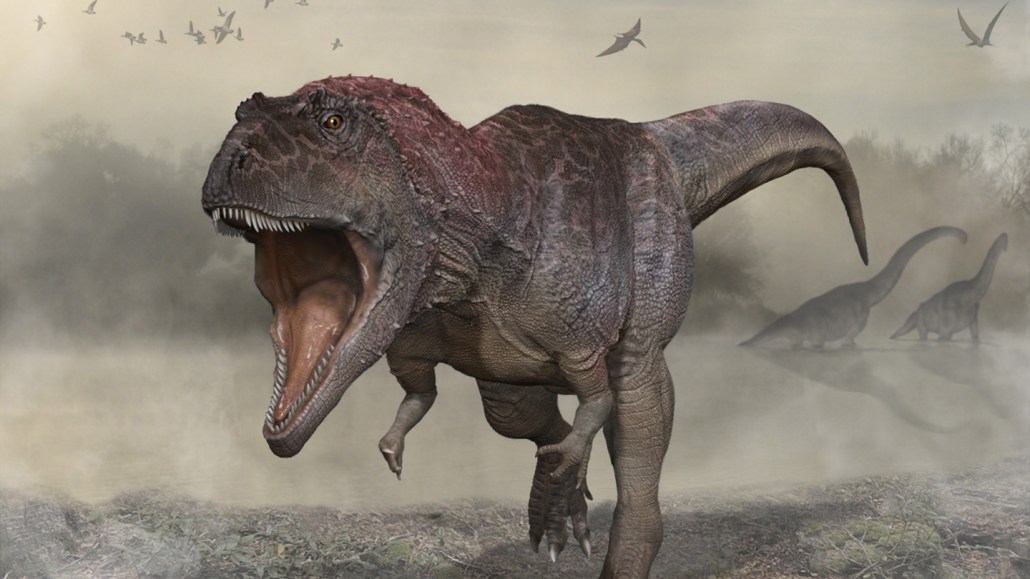A newfound dinosaur had tiny arms before T. rex made them cool
Meraxes gigas’ short but burly forelimbs may have helped with mating

Meraxes gigas (illustrated) was a massive predatory dinosaur with a big head and tiny, muscular arms. What those arms were for remains a mystery, but mating is a possibility, scientists say.
Carlos Papolio (CC BY-SA)







